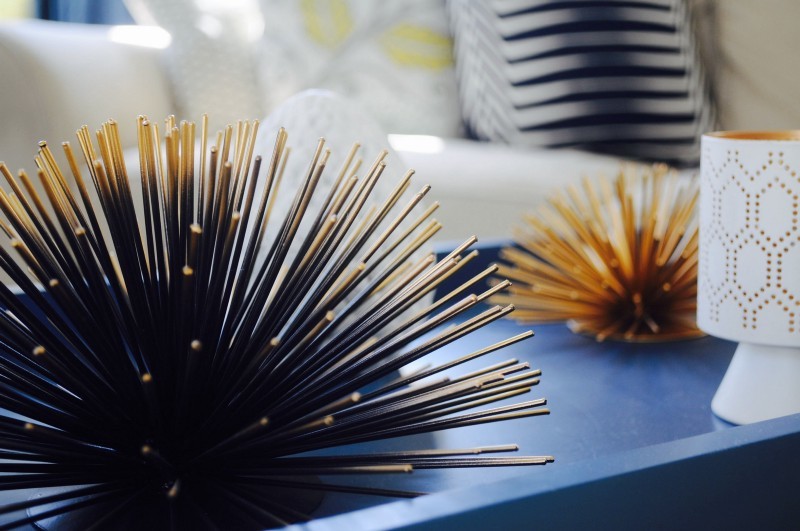We often grow up with creativity. Initially, it’s a means of keeping little hands busy. Parents and other caregivers put crayons in our hands at an early age. It evolves to paint, clay, markers, felt, glue, and later, glitter.
We find ourselves at tables with other children during our early education as everybody digs into various supplies to create our own individual masterpieces. We often spent hours at the task. Envisioning, elaborating, storytelling, or depicting our lives, dreams, and hopes through creativity and art.
There wasn’t a care or concern about whether we had talent. It was a fun and enjoyable excursion, an opportunity to play in a unique and different way. Sometimes alone, sometimes with friends or family.
We often leave this form of creativity along the wayside as we become adults. We’re given less access to materials, the time or space.
But it can be so good to do — and a great way to do it is to create your own home decor. Before you second guess your talent or scoff at your ability to make something you’d display in your home, think again. After all, great home decor — be it art, pottery, or other item — is always a little abstract, a little imperfect. In fact, a lot of people pay a ton of money to have just that from somebody else.
Art and decor aren’t meant to be precise, and talent can come in all kinds of forms. Hit any craft or art show, or shop on sites like Etsy, and you’ll see it.
You’ve got just as much natural born talent to make your own decor. Why you should make it isn’t just to have stylish home items at less cost. Doing so can test and shape your focus, calm nerves, force concentration and all kinds of other skills that we often neglect in an era of technology, fast speeds, and instant media.

Here’s how:
- Pick a medium. There are literally dozens of different materials to make decor or art. Plenty you can purchase and bring home, some that you can create in a studio or shop that offers open door sessions for the public. Ceramics, paper, canvas, painting, crayon, watercolor, charcoal, markers, sculpture, glass — the sky really is the limit. If you’re not sure what you’d like, go with something easy — paint and markers, crayons or paper. For more advanced mediums, like pottery, consider a shop that offers walk-in decor classes — you can either make your own item, or purchase and paint one from a selection of already made options.
- Pick your item and idea. You’ll also find a good abundance of items you can make. Canvases and paper come in a broad range of sizes and shapes, as does pottery. There are often kits for things like working with glass. If stained glass is a bigger endeavor than you’re ready to take on, consider etching. It’s ultra simple to do and the results can be really beautiful. Base the item you choose on the space you want it to decorate. Make something specific to that color palette, size, and so on. Think about things like clouds, flowers, shapes, stripes, etc. to spark creativity. Remember, decor and art are perfectly acceptable if weird, abstract, or unexpected!
- Set aside time. This can be an endeavor you do with somebody else — kids, family, etc. Or you can do it alone. Set aside a half hour, or an hour. You can always work on the item in stages. If you feel overwhelmed by the idea of it taking a long time to make your decor item, or if you want to prevent having it laying around the house until you finish it, pick an easy medium that allows you to create in a short time frame, like crayon or paint. An alternative is to do something in a studio or shop that offers open/walk in sessions where you can create and finish in an hour.
Don’t forget that you can mix mediums, do collages, or even skip this type of format all together and take photos instead. Ignore the urge to be your own critic. You don’t have to be talented or make something that looks perfect. When you have the urge to be hard on yourself creep up on you, think about how children — including you during your own childhood — don’t care about such things. Keep going.
Once you’re finished with your item, display it as you would any other decor item for your space. Guarantee that not one guest visiting you will even know it was your own original work, and would be ultra impressed and inspired to find out it was.
See this and other interior and home styling ideas in every edition of Condiment magazine here
Originally published at medium.com


